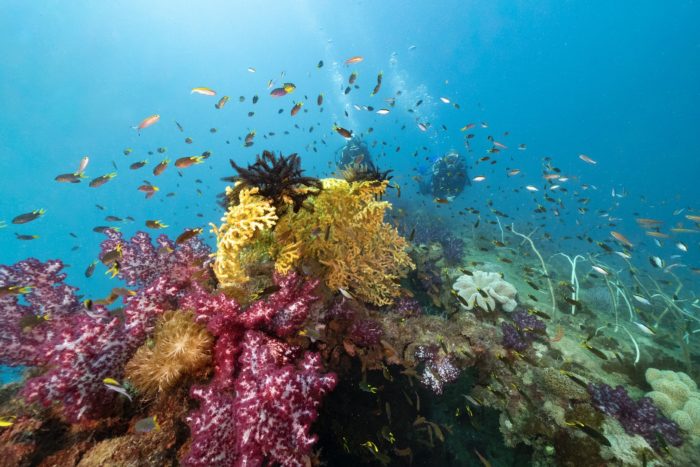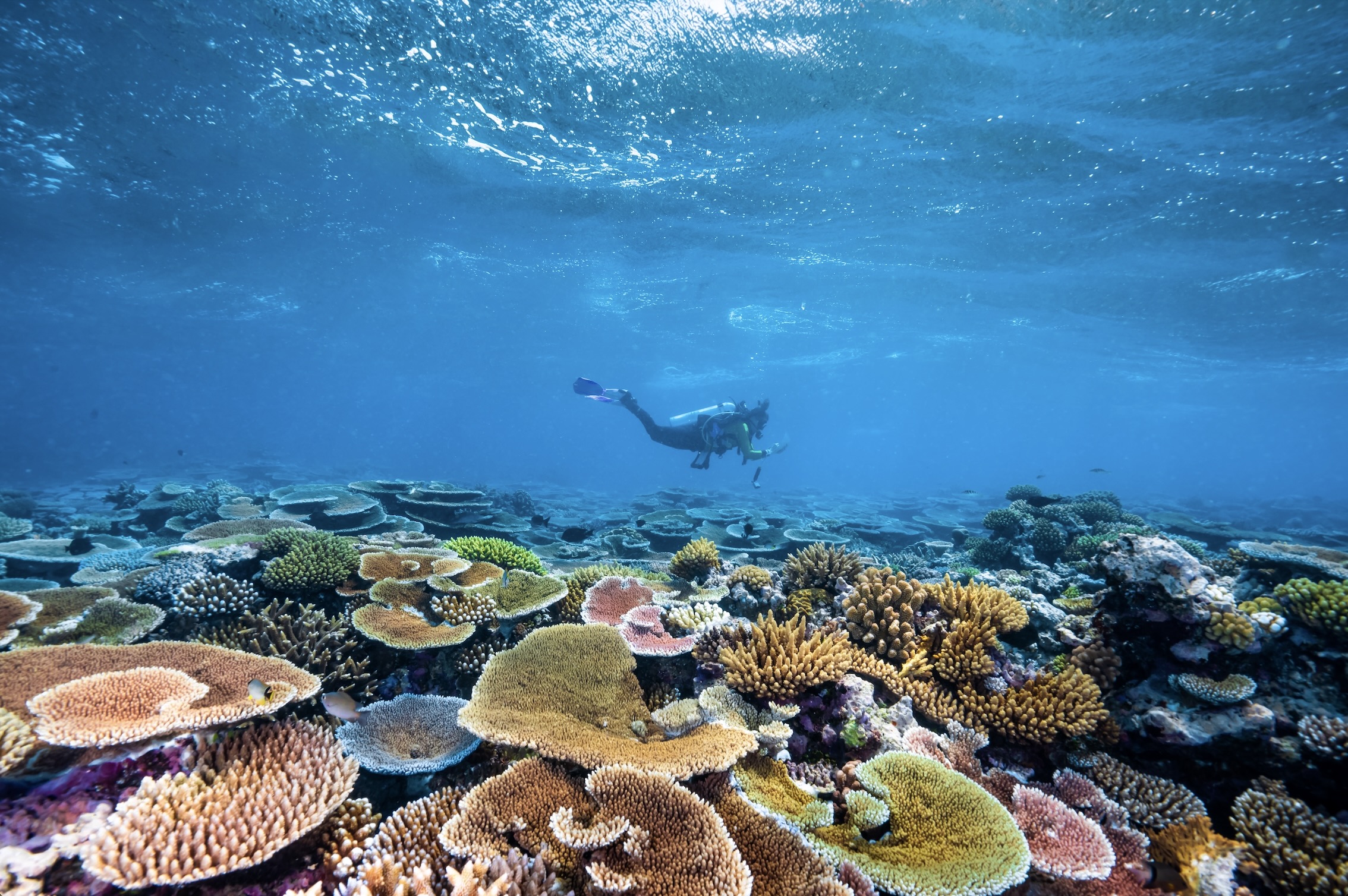The Great Barrier Reef Foundation was created in 1998 after the first mass coral bleaching event was documented. Now, 26 years later, there has been a fourth global coral bleaching event and the Great Barrier Reef has endured its worst summer on record. Many marine species are under threat as ocean temperatures rise and habitats are destroyed. In addition to mass bleaching, there have been destructive cyclones, floods, and crown-of-thorns starfish outbreaks. “It would be easy to lose hope,” says Managing Director Anna Marsden, “but we know it’s not too late to protect our planet’s coral reefs. Every single one of us has a role to play.”
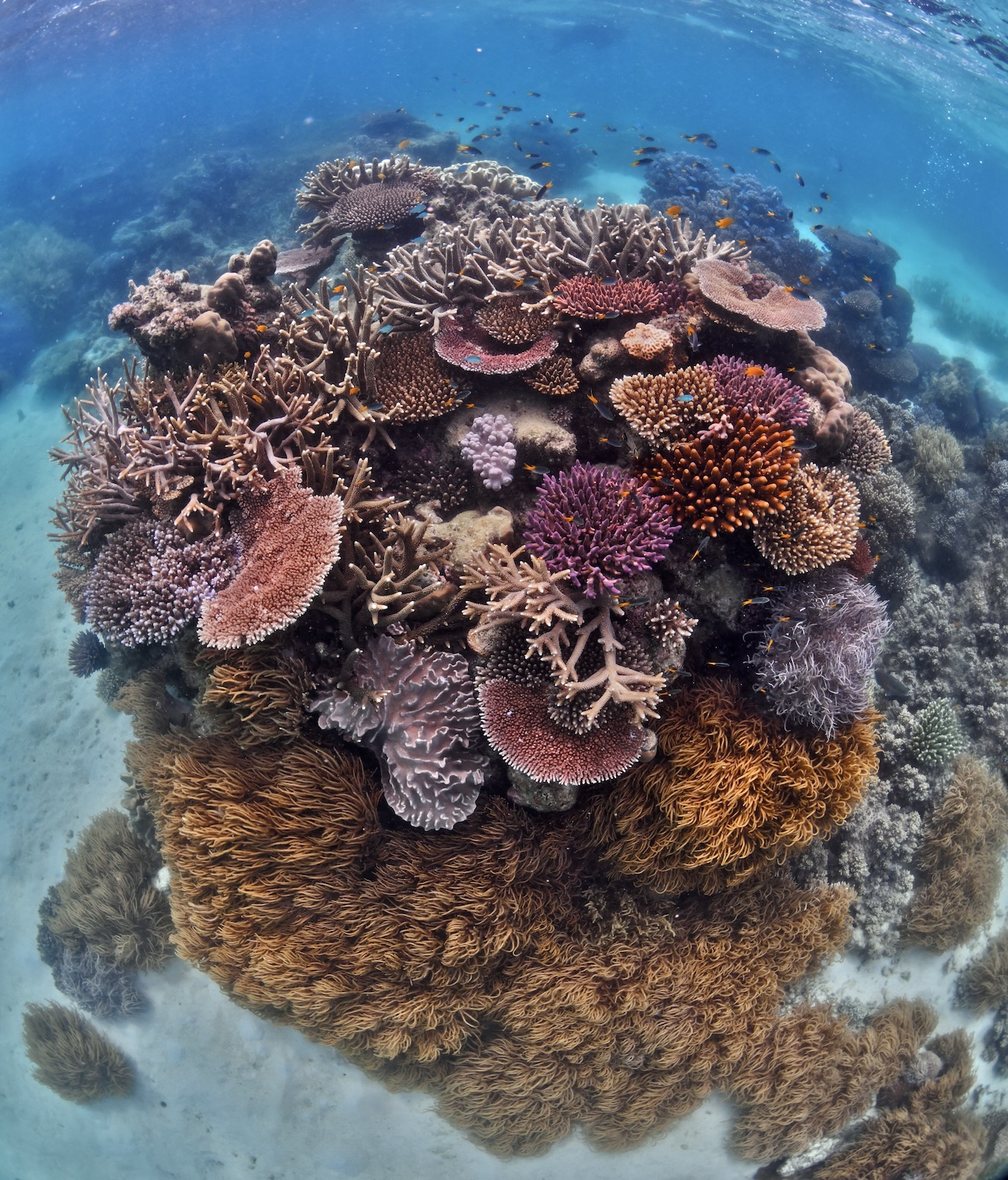
In 2023, the foundation restored 17 football fields of native forest and planted more than 6,000 native trees to keep 222 kilotons of sediment and 4.6 tons of marine debris out of the reef’s waters. They also established a $443 million partnership with the Australian Government’s Reef Trust, which currently has more than 400 projects underway. And after this past summer’s mass bleaching event, they launched the Reef Rescue Appeal to help raise funds for conservation efforts. These efforts include planting millions of heat tolerant corals on the Great Barrier Reef by 2030.
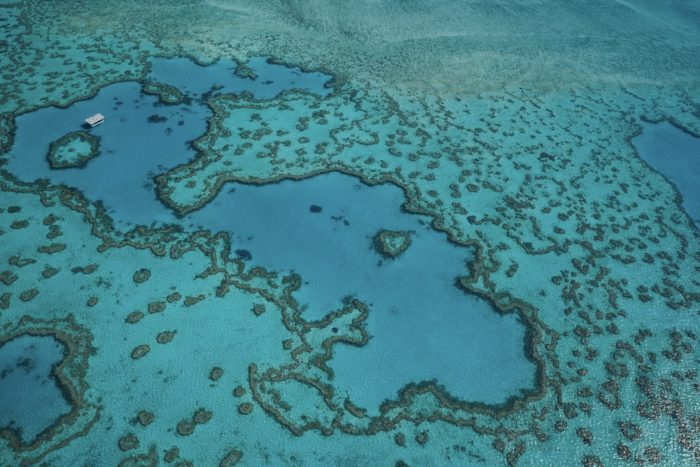
The Great Barrier Reef Foundation was created in 1998 after the first mass coral bleaching event was recorded. What does the last 26 years of research since that first recording tell us?
What is increasingly clear is the impact climate change is having on the Great Barrier Reef, and coral reefs around the world. Warming ocean temperatures are causing mass bleaching events, while more frequent and severe cyclones and storms are battering the reefs that remain. The event in 1998 has been followed by others and the Great Barrier Reef has just endured its worst summer on record, facing cyclones, floods, and crown-of-thorns outbreaks, as well as a mass bleaching event.
It’s clear that coral reefs are on the frontline of climate change, and global emissions reduction remains the most important action we can take to secure their future. However, warming ocean temperatures are locked in, meaning emissions reductions alone are no longer enough to safeguard coral reefs for the next generation.
Along with the clarity around the challenges facing the Great Barrier Reef, over the last 26 years we have greater clarity around the solutions and treatments needed to help these ecosystems. At the top of this list is the need for faster, cheaper and scalable ways to restore coral reefs and to build the adaptation and resilience of these marine and coastal habitats. This is where our organization is focusing its attention and resources.
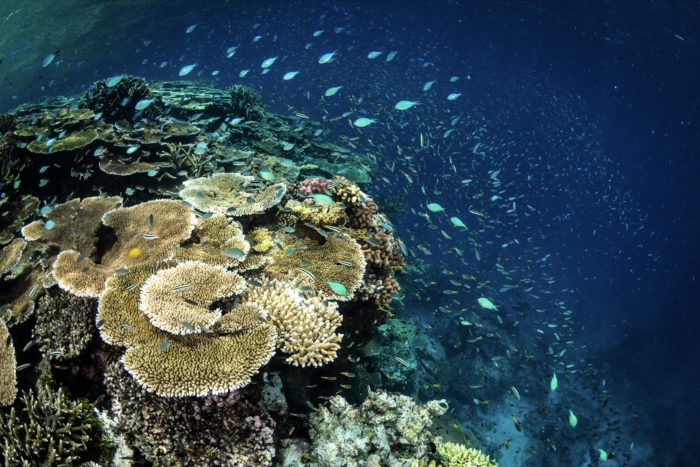
What were some of the foundation’s biggest wins in 2023?
Our biggest wins in 2023 were in the form of breakthroughs in scaling reef restoration. Our partners have pioneered a new technique to mass produce millions of coral larvae and accelerate the heat tolerance of several coral species in the lab.
Our other big win was in improving the quality of water running into the Great Barrier Reef. Last year, we restored 17 football fields of native forest and planted over 6,000 native trees to prevent 222 kilo tonnes of sediment and 4.6 tonnes of marine debris from the reef’s waters.

Which Great Barrier Reef species are currently under the most threat?
The Great Barrier Reef is one of the most complex ecosystems on the planet. It’s home to thousands of species of marine life and every one of these creatures, from tiny plankton to enormous whales, play a crucial role in maintaining the health and vibrancy of our reef. But populations of many species including whales, dolphins, dugongs, seabirds, sea turtles and sharks are increasingly under threat as ocean temperatures continue to rise and habitats are destroyed.
We’re working to reverse population declines by restoring and protecting multiple reef habitats like Raine Island, a tiny coral cay on the northern edge of the Great Barrier Reef, the world’s largest nesting site for the green turtle. By restoring this island, we’ve helped an additional 640,000 endangered green turtles begin life, with an additional 4.6 million hatchlings expected to start life on the Great Barrier Reef over the next 10 years thanks to the project.
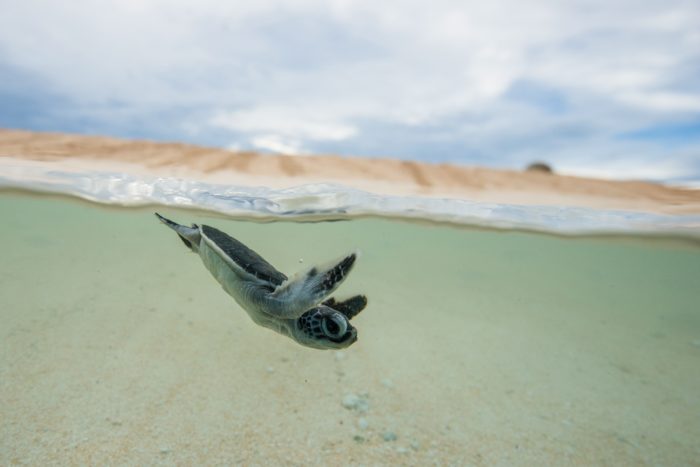
Are there any species discovered in the Great Barrier Reef that you find most unique or interesting?
Just last year our Reef Islands Initiative on Lady Elliot Island—which is mapping the biodiversity of this wildlife haven—discovered a new species of fish, the Lady Elliot Island Shrimp Goby. This is very exciting as it is rare to discover a new species of fish in shallow waters, especially at a time when marine life is disappearing from the world’s oceans.
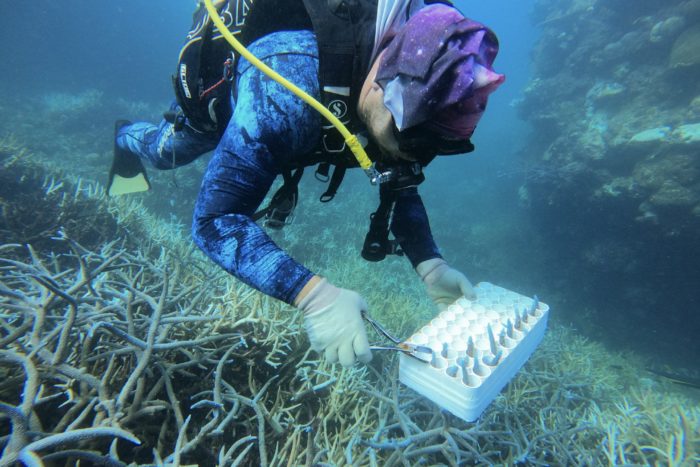
What are the main projects that the foundation is focused on right now?
At the Great Barrier Reef Foundation, we think big. We know the threats to coral reefs are too complex for one person or one solution to solve. That’s why we’ve built a collaborative organization that raises funds, invests in innovative ideas and designs real-world, scalable conservation programs. We work in close partnership with communities, scientists, businesses and governments to deliver impact in Australia and the Pacific.
The foundation is focused on delivering breakthroughs in marine and terrestrial restoration, paving the way for blue carbon and biodiversity credit markets, improving how we monitor and protect the reef and harnessing the unique role First Nations Peoples and local communities play in conservation. A highlight of this is our work to develop a toolkit of innovative solutions that will enable millions of heat tolerant corals to be planted on the Great Barrier Reef by 2030. Importantly, this is being designed to be shared with frontline communities around the world to safeguard the future of the world’s coral reefs.
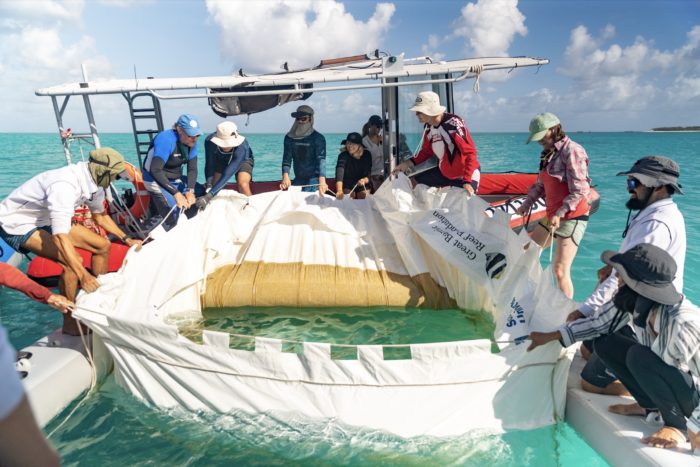
How is the foundation helping save coral reefs?
The reef has had a terrible summer and she’s hurting, but she is beautiful, resilient and with our help there is still hope to safeguard her future. Walking in step with Traditional Owners and front-line communities, we’ve pioneered solutions to restore lost reefs and help corals adapt to these warming ocean temperatures, alongside reducing other stressors such as poor water quality and crown-of-thorns starfish outbreaks. Now, we’re funding critical actions at a critical time and working together to implement solutions at a scale and pace never before attempted.
This includes pioneering techniques such as Coral IVF which gives nature a helping hand by capturing and rearing millions of coral babies and delivering them onto damaged reefs to restore and repopulate them. We’re also reducing stress on our coral reefs by finding new methods to control coral-eating crown-of-thorns starfish and working with farmers and communities to improve the quality of water flowing to the reef.
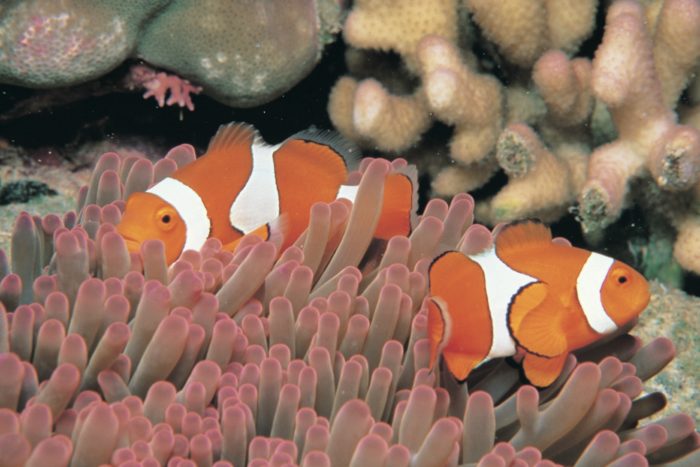
What is the Reef Trust Partnership?
The Reef Trust Partnership is a six-year, $443m partnership between the Australian Government’s Reef Trust and the Great Barrier Reef Foundation. More than 400 projects are underway with over 500 partners and we are on track to deliver against the Partnership’s objective of achieving significant, measurable improvement in the health of the Great Barrier Reef.
It represents an elevation and escalation of effort—from governments, communities, Reef management, Traditional Owners and more—building on the phenomenal work by many and accelerating and amplifying their efforts for the benefit of the Reef.
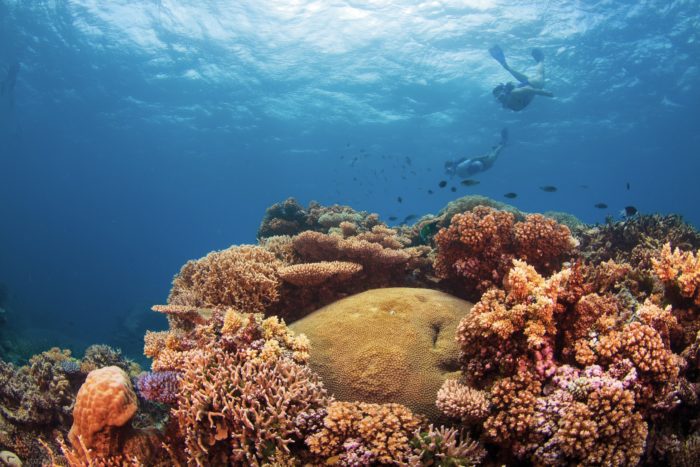
How can people get involved with this work?
In response to the mass bleaching event on the Great Barrier Reef this summer, the foundation launched the Reef Rescue Appeal so that everybody can play their part to support these urgent conservation efforts. Find out more here: Fundraise for the Reef (reefrescueappeal.org)
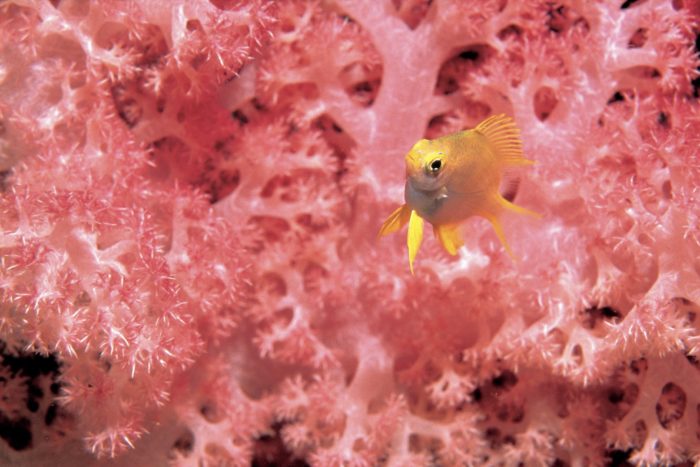
Is there anything we have not covered that you would like more people to know about?
In the aftermath of the fourth global coral bleaching event, and the worst summer on record for the Great Barrier Reef, it would be easy to lose hope. But we know it’s not too late to protect our planet’s coral reefs. Every single one of us has a role to play. Together with our project partners, corporate partners and dedicated supporters around the world, we’re more determined than ever to help the Reef recover.
